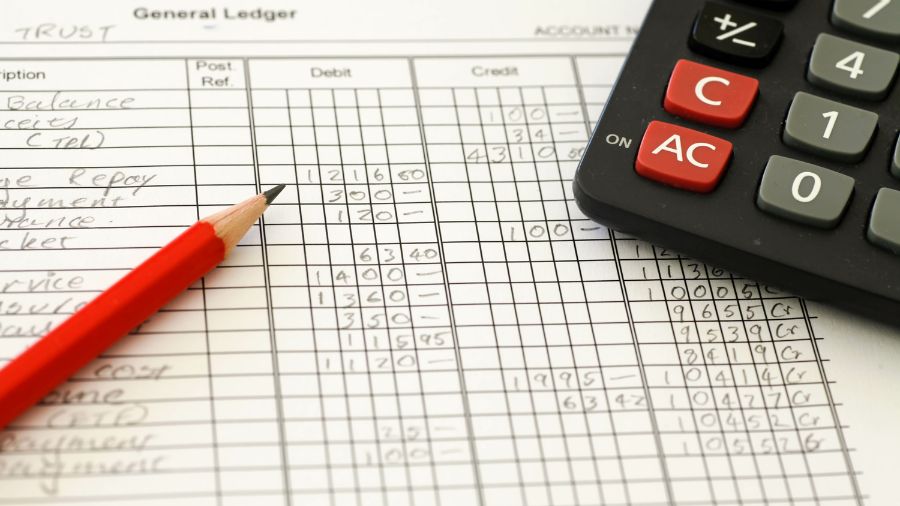Extending credit to your customers gives them another purchase option and may increase sales, but it also requires you to effectively manage your accounts receivable to keep your cash flow stream strong. When you extend credit to customers, instead of getting paid in cash right away, you record accounts receivables (AR) as claims held against customers and expect to collect the payments later. You can have better AR management by paying attention to both the amount of credit you grant to customers and the way you handle payment collections.

Managing Your Accounts Receivables for Maximum Cash Flow
Create a Credit Policy and Requirements
Just because you offer sales on credit doesn’t mean you have to extend credit to all customers unconditionally. You want a credit policy that spells out the credit requirements that customers must meet to qualify. If you notice red flags that make you expect you might get stuck with uncollectible, delinquent invoices, you may want to avoid offering credit. You might notice a decrease in sales, but you also save time and financial resources spent trying to collect those difficult accounts. Having a sound credit policy with clear credit requirements increases the chances of getting your accounts receivable paid faster while still making needed credit sales.
Use Tools for Managing Receivables
It’s easy to manage your accounts receivable with automated tools. Accounting software systems are one of the best tools in managing receivables because they integrate modules for accounts receivable and sub-modules for specific clients. By looking up a specific customer, you can find out the outstanding amount, associated orders, and payment due dates. An automated aging schedule helps you identify payments that are past due, which customers are behind, and how old the invoices are. Some accounting software systems let you establish automatic notifications when certain things happen. For example, you can set up the system to send an email reminder about invoices that are still due a certain number of days before the due date.
You may also consider setting up an allowance for doubtful accounts. This accounting technique makes your financial statements more accurate by anticipating an offset to your accounts receivable for those debts that need to be written off eventually.
Offer Convenient Payment Methods
Managing cash flow starts when you make sure it is easy for your customers to pay your invoices. Offering several different convenient ways to pay lets your customers choose how they fund their purchases. Accepting cash for receivables is convenient for you, but some customers may not carry sufficient cash on hand to cover the invoice. Accepting credit card payments, electronic funds transfers, wire transfers, or other electronic payment systems provides your customers with plenty of ways to get money to you. These methods post to your account faster than check payments and are less susceptible to internal control failures than cash payments.
Offer Payment Terms to Make the Cash Flow
Giving your customers a clear understanding of your invoice payment terms can increase the chances of getting paid quickly. It’s a good idea to clarify abbreviated terms. Not all customers may understand what “COS” means, for example. If you set net 30 payment terms, clearly communicate whether the 30 days to pay start from the invoice date or receipt of invoice date. Be consistent with the application of terms — customers may expect a former due date and not realize your terms have changed. Shortening your payment terms can speed up collections. Although this is unfavorable to customers, you receive more cash earlier if your invoices are due sooner.
Offer Discounted Invoices
Some small businesses use discounts to manage sales and accounts receivables, including trade discounts and cash discounts. These additional incentives, on top of the credit extension, encourage customers to make more purchases and pay faster. You can offer customers a trade discount, or a certain percentage off a product’s listing or catalogue price, when they purchase large quantities.
Another option is to offer cash discounts off the invoice price to encourage customers to make prompt payments. For example, if your sales terms stipulate payment within 30 days, you might offer customers 2% off the invoice price if they pay within 10 days. Even though you receive slightly less money, you get the money faster, which helps your receivables cash flow.
Work with Past Due Accounts
Even with policies and procedures in place, you may have some customers who pay late. A past due account isn’t necessarily an uncollectible account. Customers in delinquency may have valid reasons, such as severely limited cash flow. If that’s the case, you may try to negotiate new payment terms, including accepting partial payments or payments in instalments. You may also extend the current payment time and get customers off delinquent status if they can make a prompt deposit now and promise to honour the new deadline. All these measures can help preserve customer relationships without losing future sales. In certain situations, even if you have to write off an account on your books, you should still make it as convenient as possible for the customer to pay later if it becomes possible.
Maintain Your Customer Relationships
Customers are more likely to pay on time when you create a strong relationship with them. Loyal customers want to keep their credit terms in place, and people who are happy with your service want to continue purchasing from your business. Building those relationships and keeping customers happy may result in repeat purchases. When managing your accounts receivable, it’s a good idea to be understanding of difficult situations and willing to work with customers with cash flow difficulties. You’re more likely to receive at least partial payment, and you can strengthen a business relationship by being flexible. You also may receive favourable feedback and publicity from the appreciative customer.
Handling accounts receivable well keeps cash flowing into your business. Improve your cash flow with invoices, payments and expense tracking. See how much cash you have on hand with QuickBooks.


